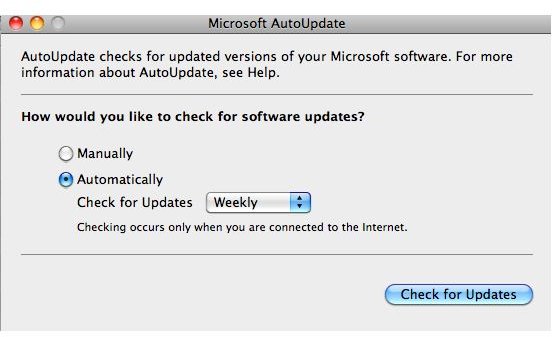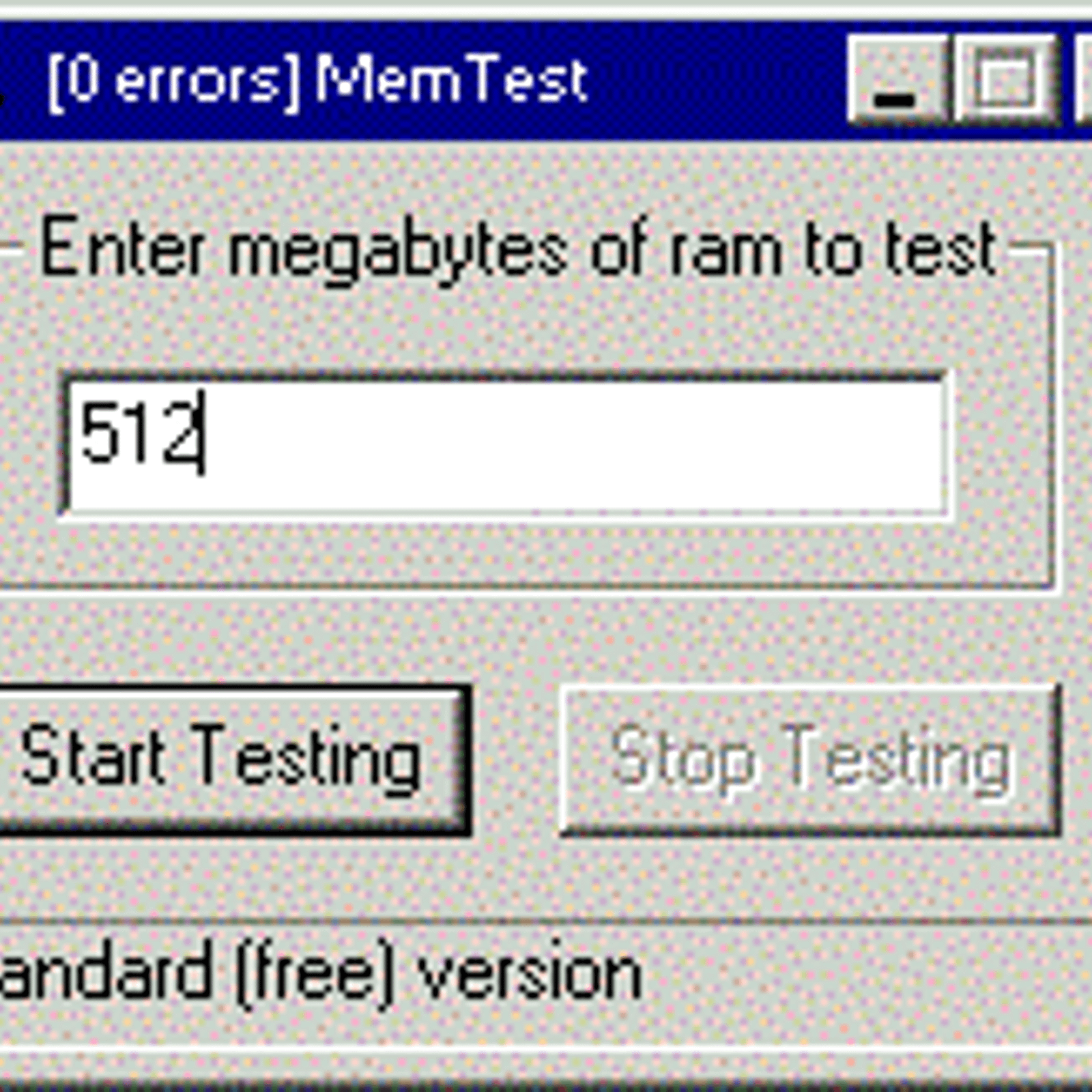Apple printers for mac. It automatically keeps Microsoft software up-to-date. To use AutoUpdate, start a Microsoft Office program, and then click Check for Updates on the Help menu. Prerequisites To apply this update, you must be using Mac OS X Yosemite (version 10.10) or a later version, and you must have a valid Office 365 Subscription. In this tutorial we will see how to manually check for updates in Word Mac 2011. Launch Word for Mac 2011, click the Help menu and select Check for Updates from the list of available menus, This would display the following Microsoft AutoUpdate window.
Today, we are announcing the general availability of Office 2019 for Windows and Mac. Office 2019 is the next on-premises version of Word, Excel, PowerPoint, Outlook, Project, Visio, Access, and Publisher.
Office 365 ProPlus, the cloud-connected version of Office, delivers the most productive and most secure Office experience—with the lowest total cost of ownership for deployment and management. However, for customers who aren’t ready for the cloud, Office 2019 provides new features and updates to the on-premises apps for both users and IT professionals. Like Windows Long Term Servicing Channel (LTSC) releases, Office 2019 provides a set of valuable enhancements for customers who can’t be cloud-connected or receive regular updates.

The new enhancements in Office 2019 are a subset of a long list of features that have been added to Office 365 ProPlus over the last three years. Office 2019 is a one-time release and won’t receive future feature updates. However, we’ll continue to add new features to Office 365 ProPlus monthly, including innovations in collaboration, artificial intelligence (AI), security, and more.
Office 2019 delivers features across apps to help users create amazing content in less time. In PowerPoint 2019, you can create cinematic presentations with new features like Morph and Zoom. And improved inking features across the apps in Windows—like the roaming pencil case, pressure sensitivity, and tilt effects—allow you to naturally create documents.

Excel 2019 adds powerful new data analysis features, including new formulas and charts and enhancements to PowerPivot.
Word 2019 and Outlook 2019 help you focus on what matters most. Learning Tools, like Read Aloud and Text Spacing, make it easier to engage with your content. Focus Mode blocks out distractions and puts your content front and center. And Focused Inbox moves less important emails out of the way—so you can get straight to taking care of business. For a longer list of the new features in Office 2019, see our FAQs.
Office 2019 also includes new IT value for enhanced security and streamlined administration. We introduced Click-to-Run (C2R), a modern deployment technology, in Office 2013, and it’s now used to deploy and update Office across hundreds of millions of devices worldwide. With Office 2019, we’re moving the on-premises versions of Office to C2R to reduce costs and improve security. The advantages of C2R include predictable monthly security updates, up-to-date apps on installation, reduced network consumption through Windows 10 download optimization technology, and an easy upgrade path to Office 365 ProPlus. C2R offers the same enterprise-focused management capabilities as Microsoft Installer (MSI) based products and will also support an in-place upgrade when you move to Office 2019 from older MSI-based products. To learn more, refer to the Office 2019 Click-to-Run FAQ.
The 2019 release of Office products also includes updates to our servers, and in the coming weeks, we will release Exchange Server 2019, Skype for Business Server 2019, SharePoint Server 2019, and Project Server 2019.
Office 2019 is a valuable update for customers who aren’t yet ready for the cloud. And each time we release a new on-premises version of Office, customers ask us if this will be our last. We’re pleased to confirm that we’re committed to another on-premises release in the future. While the cloud offers real benefits in productivity, security, and total cost of ownership, we recognize that each customer is at a different point in their adoption of cloud services. We see the on-premises version of Office as an important part of our commitment to give customers the flexibility they need to move to the cloud at their own pace.
Therefore, to minimize the amount of RAM used while testing, and run the memory tests from there.To launch the hardware tests, boot your Mac with Option-D held down immediately after you hear the boot chimes, and the tests will download from Apple's servers.If you have a relatively new Mac, then these tests will run automatically when invoked; however, if not, then you will have to click the Test button - but be sure to check the box for an extended memory test. Alternatively, if you are writing or drawing and have that same hole under your paper, then when you get to the irregular surface, you can puncture the paper or otherwise frustrate your workflow, like data corruption.To test your Mac's memory, you can use a number of tools, like the Terminal-based Memtest suite, or the OS X GUI wrapper for it called Rember. However, these run within OS X, and having the OS loaded in the background restricts the memory the OS is using from being tested by these programs. If you have a used Mac, or a newer one, or one that you have serviced to upgrade its RAM, then it is highly recommended to test the system's RAM before relying on it for day-to-day activities.RAM is the active work-desk that the OS and applications use for running, and if there is a problem with RAM, then problems stemming from crashes and freezes to data corruption can occur.This is similar to having a gaping hole on your desk, where things you use like pens, rulers (that is, applications), can fall through and be lost. It may take a few hours to complete the extended test, but when finished the system will report any errors it has detected with your RAM.If you see any errors, then be sure to address them by replacing your RAM. 
Availability
How To Update My Mac
- Commercial volume-licensed (trusted) customers can access Office 2019 starting today.
- Office 2019 is now available for consumer and commercial customers. For consumer customers in China, India, and Japan, Office 2019 suites will be available in the next few months.
- Certain features are only available in the Mac or Windows versions of Office 2019. For details, see the FAQ.